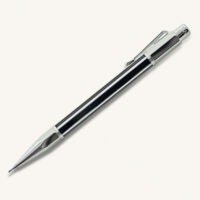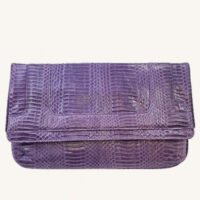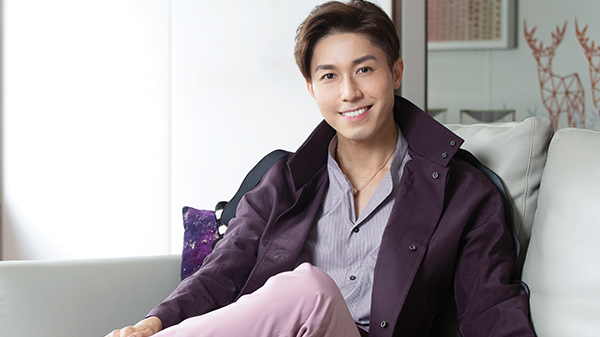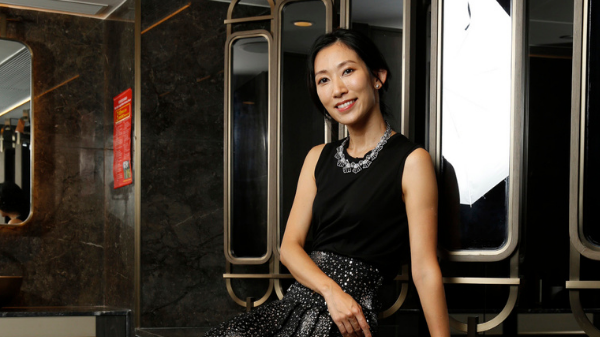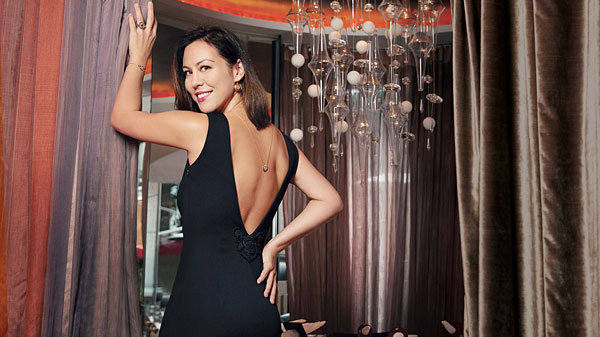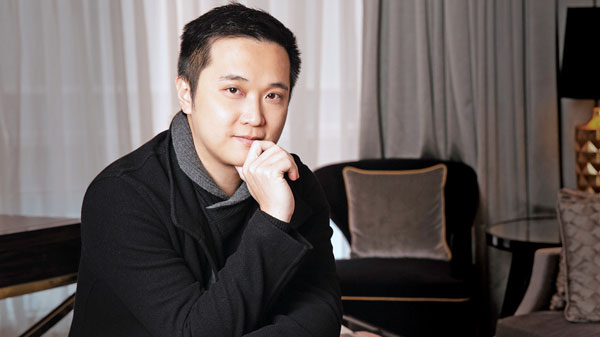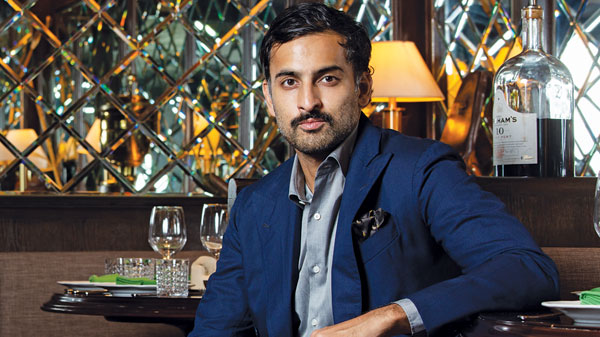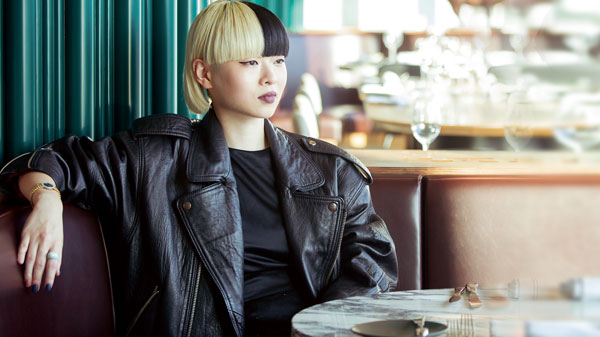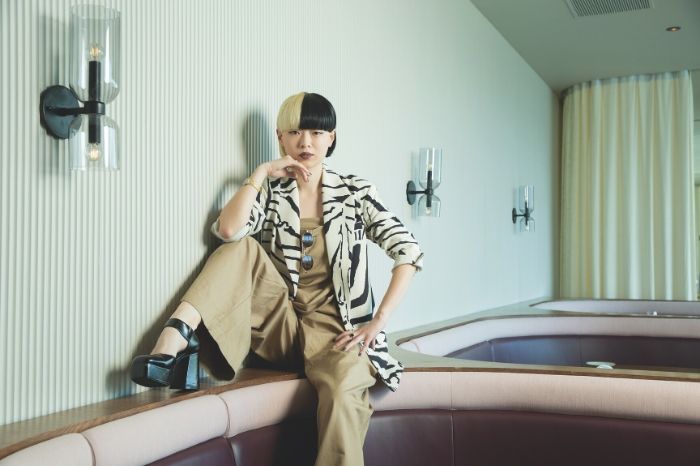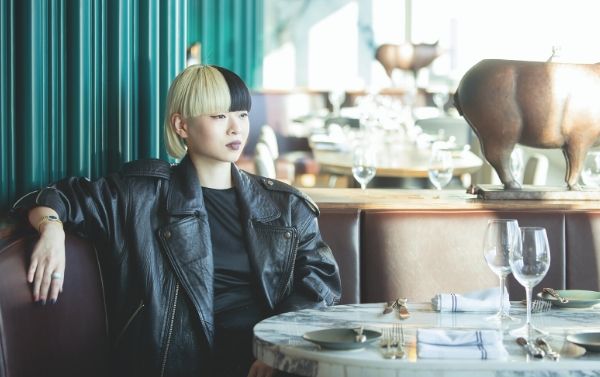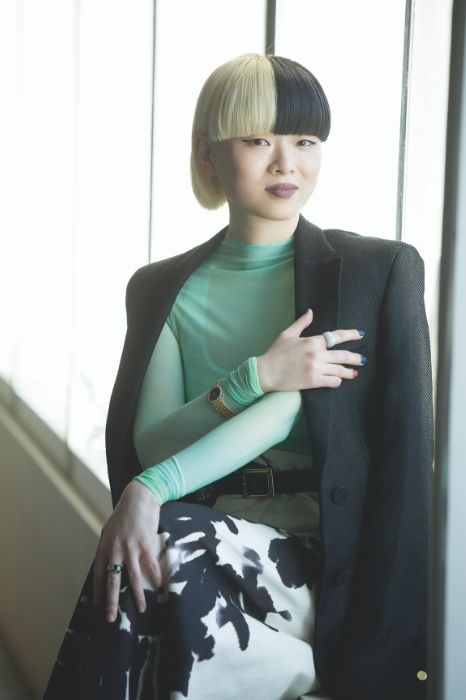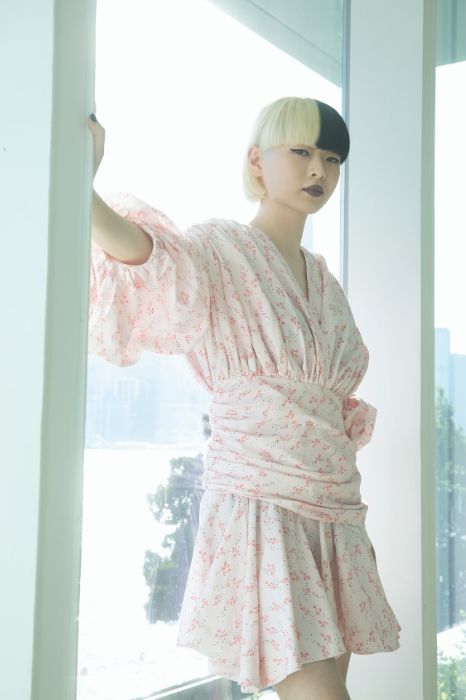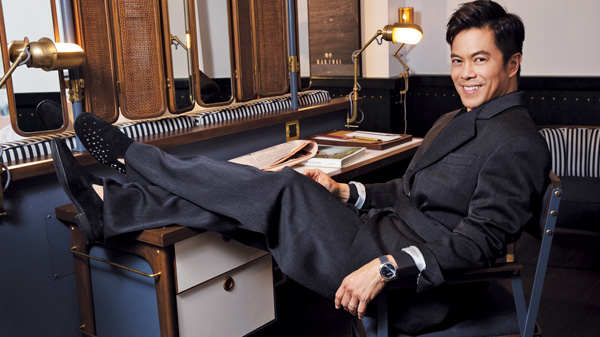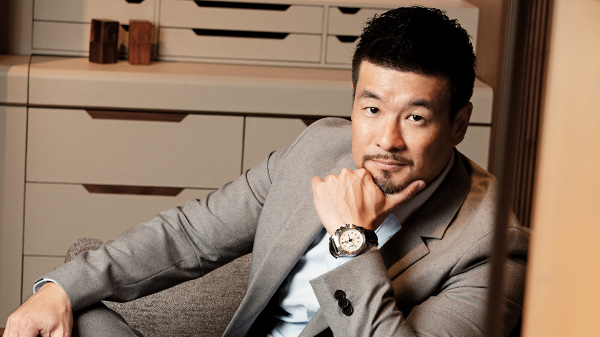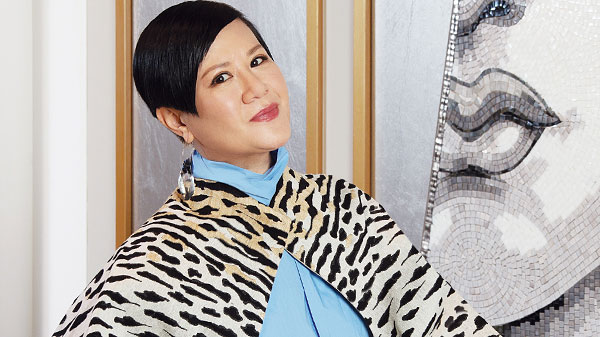Sitting in the plush Cotton Tree Drive Suite of The Murray, Hong Kong, Keyestone Group Director Edwin Pun discusses his passions, projects and more…

Tell us a little about your family background.
I grew up in a very lively and close-knit family. I have five siblings, and we’re all extremely close. It was definitely a very noisy house growing up, but one that was full of love. My parents have always been extremely supportive of all of us, and allowed us to choose our own path without fail.
For example, when I was a kid, I was first enrolled in a local school, but I couldn’t really fit into that system. While I wasn’t bullied or depressed or anything, I did struggle a little to find friends and I think my mindset was very different, so I really wanted to join an international school instead, one that would be more broad-minded and welcoming. When I approached my parents about it, they were fully accepting and allowed me to enrol at the Australian International School instead.

And where did your path take you after that?
After graduating from high school, I then completed my undergraduate degree at George Washington University in the US, majoring in international business and finance. After that, I returned to Hong Kong with the aim of becoming a management consultant. I’d always wanted to join that industry, because I thought it was so cool. There’s a lot of exposure, every day is different, you get to deal with a variety of clients and projects… after college, I was ready to start solving big problems.
Unfortunately, my graduation coincided with the global financial crisis and the job scene was quite bleak. That’s when I decided to join the family business, Keyestone Group, instead. It definitely wasn’t the career trajectory that I’d imagined for myself, but it was extremely rewarding, particularly given that I had to be very flexible and learn skills on the job. Be it understanding the materials used in construction, the approval process with the government, collaborating with designers… it was a seriously steep learning curve, and no one person could have taught me all the skills I needed, it all had to be acquired through experience.
Did you ever return to your first love, management consulting?
Actually, yes. It did take some doing though. While I was already working at Keyestone, in the back of my mind, I still wanted to give management consulting a serious go. But when I talked to people in the industry, the feedback I got was that even though I had lots of experience in the construction industry, as an undergraduate degree holder without a specialisation like engineering or accounting, I would have to undertake further education. That’s when I decided to enroll at the University of Southern California to pursue an MBA degree. Once I had that qualification, I finally got into consulting. It was just for two years, but it really changed the way I viewed management. It was really valuable in furthering my career, because it taught me how to implement all the theoretical knowledge I’d acquired in the real world, be it driving change, implementing new systems, bringing new projects to fruition… it basically taught me lifelong skills in running a company. It really gave me a strong foundation that still serves me well as a Director of Keyestone Group.
“From construction to design to development to internal admin… I wear a lot of hats”
What do you feel are the benefits of working in a family business, and how large an impact have your parents had on your life and career?
My father is pretty much one of the most hard-working people I know. It’s not uncommon for him to work on Saturdays, and even the occasional Sunday. My mum is also very diligent, but beyond that she knows how to work smartly. I really admire her, having juggled raising all of us while still maintaining a successful career all at the same time. I thinking having that kind of background, I always see them as the benchmark for perseverance, determination and business acumen.
I actually rejoined Keyestone Group at the behest of my father. After being a management consultant for a couple of years, he was the one who said it was time to come back to the fold and take my place in the business. As I mentioned, we’re a very close family with very ingrained family values, so when he suggested my return, I felt it was my duty to do so, to continue the family legacy. Of course, simultaneously, I was very excited to undertake new projects and responsibilities as well.
I think the luxury of working in a family business is that if I failed, I failed in a safe environment and there was always a support system to share that burden. Equally importantly, it gives me the freedom to raise new ideas without fear of judgment.

So, as Keyestone Group’s Director of Business Development, what does your job entail exactly?
I oversee everything from construction to designs to a lot of business development, day-to-day operations, internal administration… I tend to wear a lot of hats, so it’s difficult to pinpoint just one or two things that come under my purview. It really depends on the phase of whatever phase a given project is at, and what exactly we’re working on at any given time. It’s quite a wide spectrum and I’m very involved in every aspect of what happens in the company.
What is the most challenging aspect of your work, and what is the most rewarding?
I would say perhaps the most challenging aspect is continually encouraging originality and creativity from our employees while still maintaining a high standard of work. Constantly driving that kind of imagination and innovation as part of our corporate culture is difficult, particularly as Hong Kong’s work ethic is such that many follow a more by-the-book approach and are uncomfortable with raising new ideas or standing out too much.
The most rewarding part of my job is definitely seeing a project completed. It’s always gratifying when, after years of hard work, you see your vision come to fruition.

Are there any new projects on the horizon that you’re particularly excited for?
Actually, we are currently working on several developments, including some residential projects. A particularly exciting venture we’re currently involved with, though, is a mixed-use development that encompasses a theme park, a hotel, retail spaces as well as a portion for commercial sales. The theme park is due to open in 2024, and it’s something that’s really exciting for me personally, particularly because the calibre of the creative minds and designers that we’re bringing onboard are industry leaders who are at the top of their game. It wows me because it’s a very novel concept, one that I think will be something of a game changer. I can’t share its name just yet, but watch this space…
Finally, what’s at the top of your wish list?
This may sound silly, but I’d love to be able to enjoy family meals without discussing work. It’s kind of a hazard of running a family business, where my siblings, father and I always branch off to talk about current projects or upcoming meetings… It would be nice to enjoy dinners as just a regular family gathering sometimes!
Thank you.
Interview: Tenzing Thondup
Photos: Jack Law
Styling & Art Direction: Jhoshwa Ledesma
Hair: Steve@HAiR
Make-up: KeiKei Ng
Wardrobe: Salvatore Ferragamo, Brunello Cucinelli
Venue: The Murray, Hong Kong


